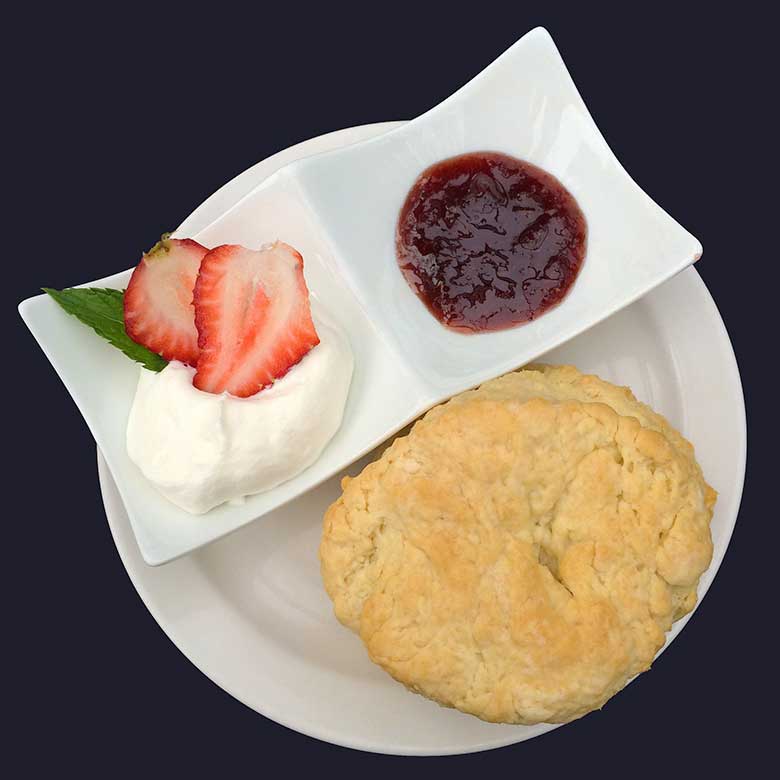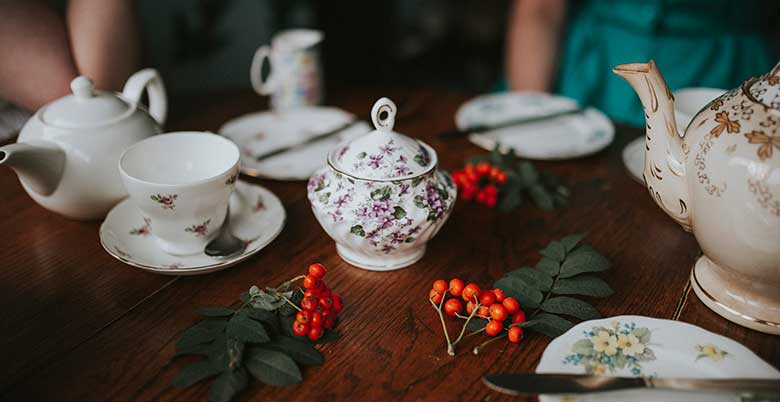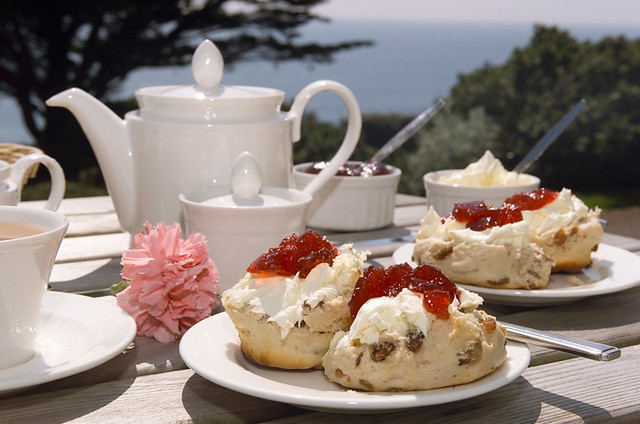National Cream Tea day 2017: All aboard for Afternoon Tea
Happy National Cream Tea day! The classic tea-time treat is having a resurgence as we Brits are tuning in to shows like the Great British Bake Off for baking inspiration.
Afternoon tea is, therefore, becoming big business, as tearooms, cafes and even coffee shops are offering their own take on the traditional high-society past-time.
If you haven’t already considered a shake-up of your food and drink offering, then surely the Cream Tea could be enough to change your mind.
For those that haven’t heard of the classic Cornish (or Devonshire) Cream Tea, then are you even British?
Scones on their very lonesome can be a dry dining experience, most scones — including many pre-made efforts — can be very dense and severely lacking in moisture.
But the simple addition of jam and clotted cream turns what in most cases is a bland experience into possibly one of the most iconic accompaniments to quality tea (and coffee) these Great British Isles has ever conceived.
But first, we need to talk about the different versions of the Cream Tea before we progress.

Devonshire Cream Tea
Favoured by those in Devon — obviously — the Devonshire (or Devon) method states that the scone should be split in two, then cover each side with clotted cream, aonly then adding strawberry jam.
According to this tradition, the scones should ideally be served be warm or freshly baked, with clotted cream (not whipped) and only strawberry jam being layered on top.
Tea should not be served with milk according to the Devonshire method.
Cornish Cream Tea
The Cornwall cream tea is traditionally served with a “Cornish split”, which is a slightly sweet white bread roll, not a scone like the Devonshire method.
One major flaw in the Cornish Cream Tea is just how rare the Cornish split is nowadays, as a result they are barely used or commercially available.
The warm roll (or in most cases scone) is then buttered, with strawberry jam being spread, then topped with a spoonful of clotted cream.
So no matter what method you choose, this is a key component of proper British Afternoon tea, we’re definitely not over-stressing the importance of this sweet Southern snack.
How to serve Afternoon Tea

Unless you’ve never had a quality cup of tea before, then the idea of Afternoon Tea might be an alien concept.
There isn’t a great deal of work that needs to go in to make a proper fist of it, especially for cafes and coffee shops that want to put a modern twist on the tried and tested tradition.
But here’s a few key points to consider:
- Ensure you have a ready supply of key components
- Napkins
- Teapot(s) – tea is only served from a teapot
- Multi-tiered display cake/confectionary stand or serving tray – this is the only way that your confections should be served
- China cups and saucers – no mugs or glasses
- A solid selection of both savoury and sweet snacks
- Loose leaf tea or quality tea bags – we sell these
- Sugar – should always be served in cubes or lumps
- No cutlery should be needed – all food should be able to be eaten with fingers (cake being the exception where a fork is used)
- Seating arrangements
- Doilies – get lots of them – put them everywhere
- Round tables are more common in traditional tearooms, although there are plenty of exceptions
- Cushioned chairs for added comfort
- High-quality table cloths and table linen
- Serving procedure
- With fine china, milk goes in first – this stops the boiling water from potentially cracking the cups
- Savoury snacks should more often than not, never outnumber sweet – although this is more a preference than ‘law’
- Make sure any sandwiches are prepared right before serving – dry sandwiches ruin the experience
- Etiquette
- The host or hostess should always pour the first cup of tea – they can share the job of pouring the tea with close friends but they should always pour the first cup
- Left-hand raises the plate, teacup with the right – all fingers should be aligned. So no pinky lifting
So that’s a whistle stop tour of how to serve Afternoon Tea like a professional and you have no excuses for poor form on the cream tea front too!

